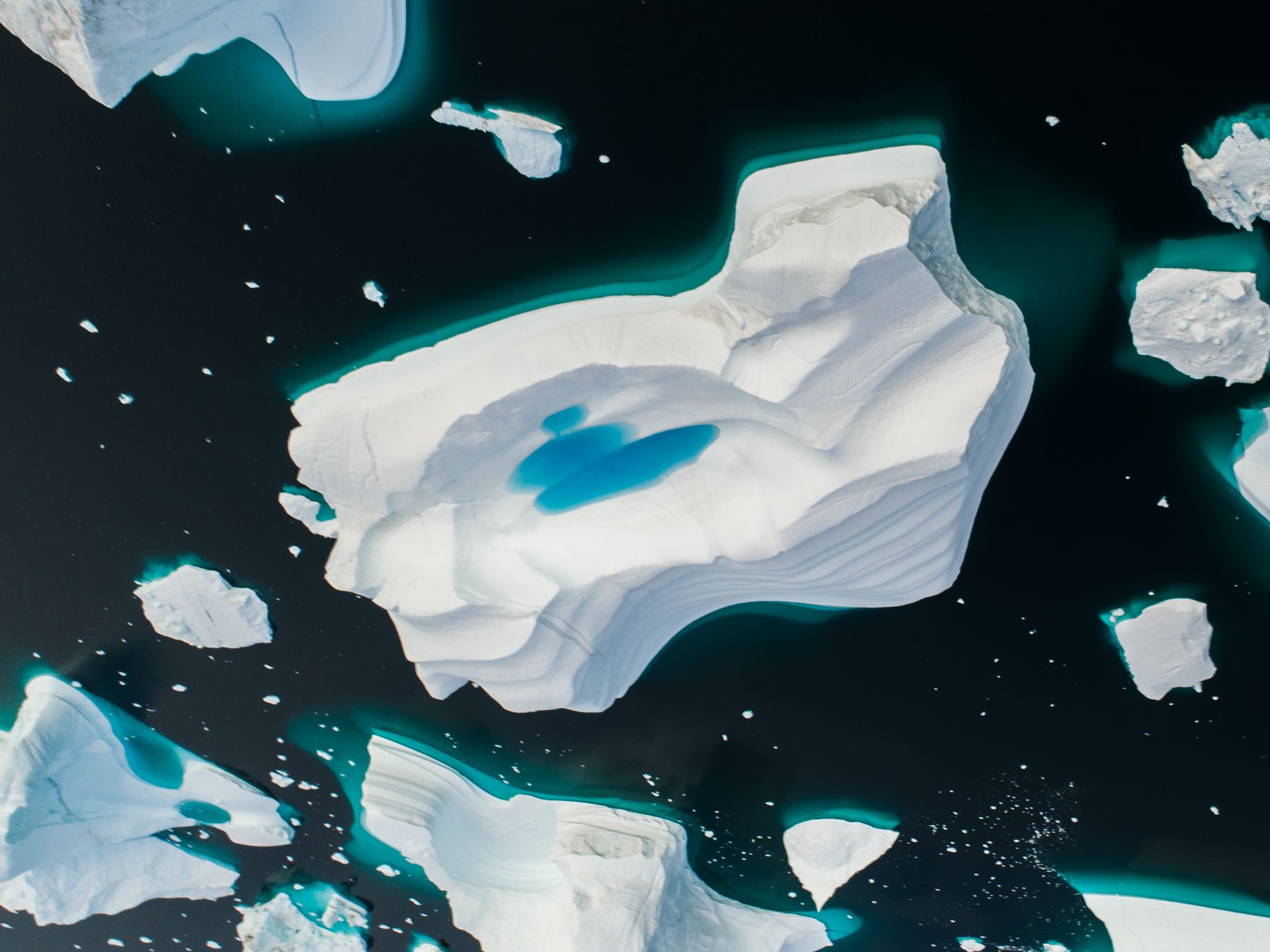
The Untold Benefits of a Sailing Adventure in Remote Locations
When you picture a sailing adventure, you might think of picturesque marinas, bustling port towns, and sunsets over calm, azure seas. But the true magic of sailing lies beyond the well-trodden paths. Venturing into remote, untouched locations by sail is an experience that transcends the ordinary where you can really embark on the thrill of exploration.

Arctic vs Antarctic
Discussing theArctic vs Antarctic means that we hav to find the essential different between two worlds that are, quite literally, poles apart. Arctic vs Antarctic is about differences in wildlife, temperature, terrain and also a huge number of human factors. Discover what separates arctic vs antarctic here in our new blog.

The Polar Plunge: Exploring Adventure, Health and Science
The Polar Plunge represents a daring encounter with polar extremes. The act of taking a Polar Plunge triggers a natural response known as the "cold shock response," releasing endorphins and providing a unique blend of adrenaline and euphoria. The number of people who swear by the polar plunge is increasing and its clear to see that is something of real value here.

Iceland vs Greenland
Our post about Iceland vs Greenland covers all the basic differences and similarities between Iceland vs Greenland. Iceland and Greenland may be more similar, and more different, than you think!
